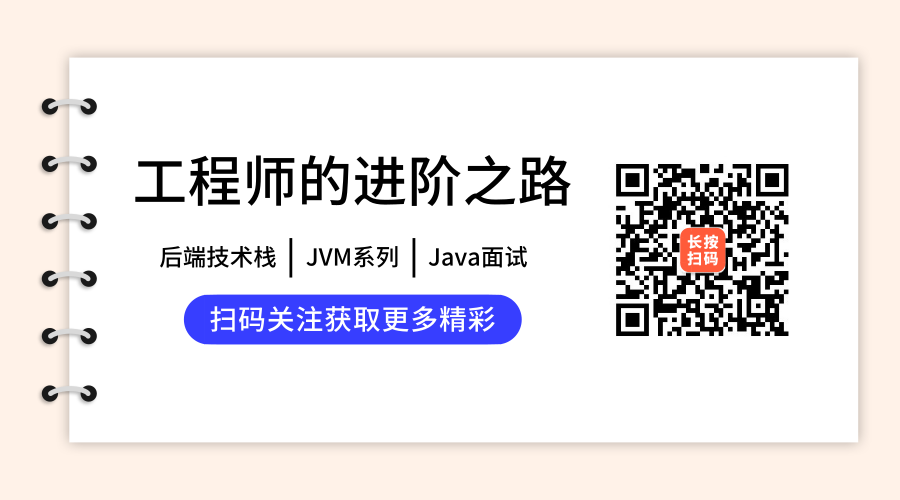Spring Boot提供RESTful接口时的错误处理实践
使用Spring Boot开发微服务的过程中,我们会使用别人提供的接口,也会设计接口给别人使用,这时候微服务应用之间的协作就需要有一定的规范。
- 基于rpc协议,我们一般有两种思路:(1)提供服务的应用统一将异常包起来,然后用错误码交互;(2)提供服务的应用将运行时异常抛出,抛出自定义的业务异常,服务的调用者通过异常catch来处理异常情况。
-
基于HTTP协议,那么最流行的就是RESTful协议,服务提供方会自己处理所有异常,并且返回的结果中会跟HTTP的状态码相结合,这篇文章我们就用一个例子来说明RESTful接口的错误处理如何做。
首先我们需要新建一个简单的Controller,代码如下:
@RestController
class GreetingController {
@RequestMapping("/greet")
String sayHello(@RequestParam("name") String name) {
if (name == null || name.isEmpty()) {
throw new IllegalArgumentException("The 'name' parameter must not be null or empty");
}
return String.format("Hello %s!", name);
}
}
通过http请求客户端—— httpie 发送HTTP请求,这个工具比curl的好处是:返回值信息有语法高亮、对返回的JSON字符串自动格式化。启动服务器,使用命令 http http://127.0.0.1:8080/greet?name=duqi 发起请求,结果如下:
HTTP/1.1 200 OK Content-Length: 11 Content-Type: text/plain;charset=UTF-8 Date: Sat, 05 Dec 2015 05:45:03 GMT Server: Apache-Coyote/1.1 X-Application-Context: application
现在我们制造一个错误的请求,@RequestParam是获取URL中的参数,如果这个参数不提供则会出错。因此,我们发送一个命令 http http://127.0.0.1:8080 ,看结果如何。
HTTP/1.1 400 Bad Request
Connection: close
Content-Type: application/json;charset=UTF-8
Date: Sat, 05 Dec 2015 05:54:06 GMT
Server: Apache-Coyote/1.1
Transfer-Encoding: chunked
X-Application-Context: application
{
"error": "Bad Request",
"exception": "org.springframework.web.bind.MissingServletRequestParameterException",
"message": "Required String parameter 'name' is not present",
"path": "/greet",
"status": 400,
"timestamp": 1449294846060
}
可以看到,由于没有提供name参数,服务器返回的状态码是400:错误的请求。在响应体中的内容依次如下:
- error : 错误信息;
- exception:异常的类型,MissingServletRequestParameterExeption,见名知意,说明是缺少了某个请求参数;
- message:对异常的说明
- path:显示请求的URL路径;
- status:表示返回的错误码
- timestamp:错误发生的时间戳,调用System.currentMills()
如果我们给定name参数,却不给它赋值,又会如何?发送命令 http http:127.0.0.1:8080/greet?name ,则服务器的返回值如下:
HTTP/1.1 500 Internal Server Error
Connection: close
Content-Type: application/json;charset=UTF-8
Date: Sat, 05 Dec 2015 06:01:24 GMT
Server: Apache-Coyote/1.1
Transfer-Encoding: chunked
X-Application-Context: application
{
"error": "Internal Server Error",
"exception": "java.lang.IllegalArgumentException",
"message": "The 'name' parameter must not be null or empty",
"path": "/greet",
"status": 500,
"timestamp": 1449295284160
}
对比上面,可以看出,这次返回的错误码是500,表示服务器内部错误;返回的异常类型是java.lang.IllegalArgumentException,表示参数不合法。服务器内部错误表示服务器抛出了异常缺没有处理,我们更愿意API返回400,告诉调用者自己哪里做错了。如何实现呢?利用@ExceptionHandler注解即可。
在GreetingController控制器中加入如下处理函数,用于捕获这个控制器的异常。
@ExceptionHandler
void handleIllegalArgumentException(IllegalArgumentException e,
HttpServletResponse response) throws IOException {
response.sendError(HttpStatus.BAD_REQUEST.value());
}
再次发送命令 http http:127.0.0.1:8080/greet?name ,则返回下面的结果:
HTTP/1.1 400 Bad Request
Connection: close
Content-Type: application/json;charset=UTF-8
Date: Sat, 05 Dec 2015 06:08:50 GMT
Server: Apache-Coyote/1.1
Transfer-Encoding: chunked
X-Application-Context: application
{
"error": "Bad Request",
"exception": "java.lang.IllegalArgumentException",
"message": "The 'name' parameter must not be null or empty",
"path": "/greet",
"status": 400,
"timestamp": 1449295729978
}
说明我们在服务器端捕获了IllegalArgumentException这个异常,并设置response的返回码为400。如果你想对多个异常都进行一样的处理,则上述异常处理代码可以修改为下面这样(给@ExceptionHandler传入参数):
@ExceptionHandler({IllegalArgumentException.class, NullPointerException.class})
void handleIllegalArgumentException(HttpServletResponse response) throws IOException {
response.sendError(HttpStatus.BAD_REQUEST.value());
}
现在这个异常处理代码是加在当前的这个控制器中,因此它只处理属于这个控制器的响应,如果我们新建一个类,并用注解@ControllerAdvice修饰,并在这个类中定义上述的异常处理代码,则它会负责处理所有的请求。
Spring Boot 1.2.0以后,还支持在response修改对应的message,只要将对应的message信息传入sendError函数即可,例如:
@ExceptionHandler({IllegalArgumentException.class, NullPointerException.class})
void handleIllegalArgumentException(HttpServletResponse response) throws IOException {
response.sendError(HttpStatus.BAD_REQUEST.value(),
"Please try again and with a non empty string as 'name'");
}
再次执行同样的命令,会收到下列反馈:
HTTP/1.1 400 Bad Request
Connection: close
Content-Type: application/json;charset=UTF-8
Date: Sat, 05 Dec 2015 06:21:05 GMT
Server: Apache-Coyote/1.1
Transfer-Encoding: chunked
X-Application-Context: application
{
"error": "Bad Request",
"exception": "java.lang.IllegalArgumentException",
"message": "Please try again and with a non empty string as 'name'",
"path": "/greet",
"status": 400,
"timestamp": 1449296465060
}
如果希望验证请求的参数,可以使用JSR-303 Bean Validation API,并参考 Spring Validation 。在spring.io上还有一个验证表单输入的例子 Validating Form Input 。
参考资料
- 模拟GET/POST请求的工具
- Spring Boot Error Response
Spring Boot 1.x系列
- Spring Boot的自动配置、Command-line-Runner
- 了解Spring Boot的自动配置
- Spring Boot的@PropertySource注解在整合Redis中的使用
- Spring Boot项目中如何定制HTTP消息转换器
- Spring Boot整合Mongodb提供Restful接口
- Spring中bean的scope
- Spring Boot项目中使用事件派发器模式
本号专注于后端技术、JVM问题排查和优化、Java面试题、个人成长和自我管理等主题,为读者提供一线开发者的工作和成长经验,期待你能在这里有所收获。

- 本文标签: Connection db IO GMT 开发者 json apache 2015 js Spring Boot API 开发 定制 ORM 微服务 UI MongoDB java 文章 https id RESTful 参数 协议 bean JVM 配置 App spring http servlet 希望 管理 REST 服务器 Property map mongo 时间 src HTTP协议 redis value web message cat 专注 代码
- 版权声明: 本文为互联网转载文章,出处已在文章中说明(部分除外)。如果侵权,请联系本站长删除,谢谢。
- 本文海报: 生成海报一 生成海报二











![[HBLOG]公众号](https://www.liuhaihua.cn/img/qrcode_gzh.jpg)

